The ‘Hidden C’
Don't Forget the Bubbles
JUNE 17, 2024
High levels of incivility correlate with adverse outcomes for patients, staff, and the organisation. A third RCT demonstrated that even brief low-level incivility could increase the risk of major error during CPR by up to 66%. 2019 May 31:bmjqs-2019. 2019 May;27(4):758-64. BMJ Quality & Safety.

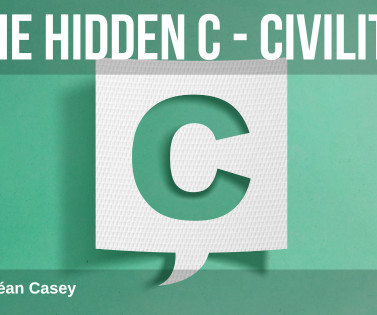








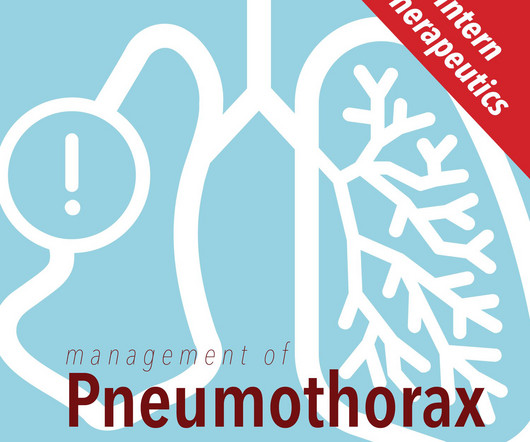
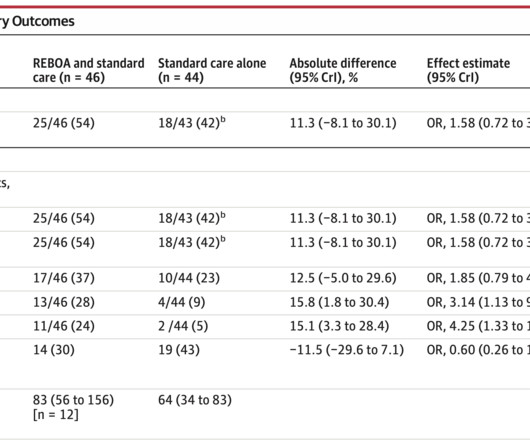




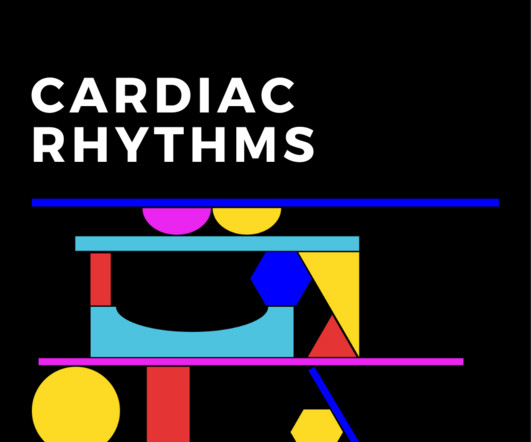

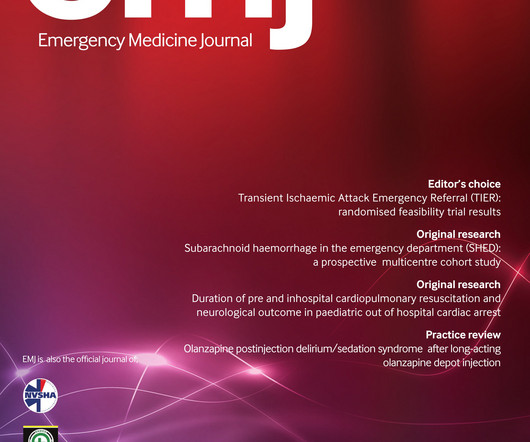








Let's personalize your content